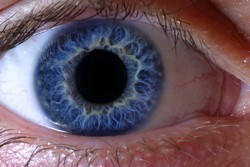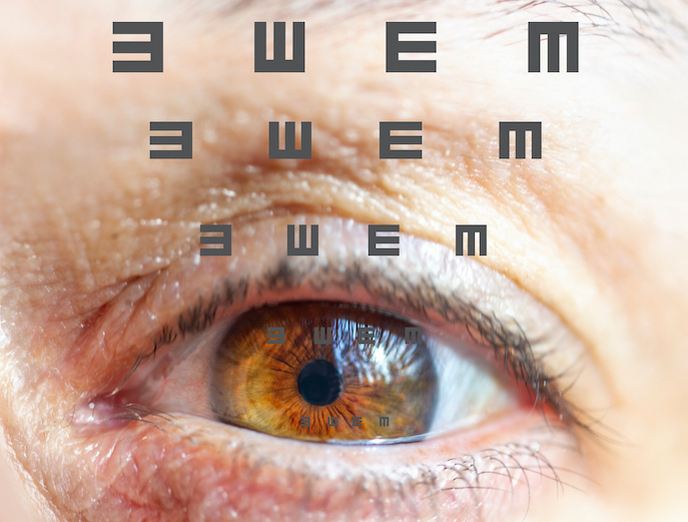Gene therapy for retinal disorders
Inherited diseases of the retina, like retinitis pigmentosa (RP) and Leber congenital amaurosis (LCA), are due to mutations in genes preferentially expressed in the photoreceptor cells. Currently, there are no available therapies for these disorders. The retina represents an ideal target for gene therapy mainly because it is an immune-privileged site, meaning it can tolerate the introduction of antigens without provoking an inflammatory immune response The EU-funded project AAVEYE (Gene therapy for inherited severe photoreceptor diseases) proposed a gene therapy approach as an alternative treatment for these disorders. Vectors derived from the adeno-associated virus (AAV) are known to efficiently transfer genes into the retina of animal models. Therefore, researchers applied this approach to the photoreceptor neurons of the retina. Vector development consisted of the construction of safe AAV vectors that demonstrated efficient gene transfer and regulated gene expression in photoreceptor cells through the use of microRNAs. Experiments in large animals safeguarded against the spread of these vectors to the brain. Introduction of the normal gene in the photoreceptors of animals carrying the mutations associated with RP and LCA resulted in significant inhibition of retinal degeneration. These results prompted project partners to conduct a clinical trial to test the efficacy and safety of AAV-mediated gene therapy for LCA. Experimental work also led to the identification of mechanisms leading to photoreceptor death, and to the discovery that inhibition of certain cell cycle proteins could rescue cell death. A cohort of RP and LCA patients were also genetically analysed for mutations in the respective PDE6B and AIPL1 genes, and clinically characterised with respect to disease phenotype. This information will form the basis for future clinical trials of photoreceptor gene transfer in humans. AAVEYE’s results will provide the basis for further developing novel AAV-mediated therapeutic approaches with broad potential application in the retina and central nervous system.







